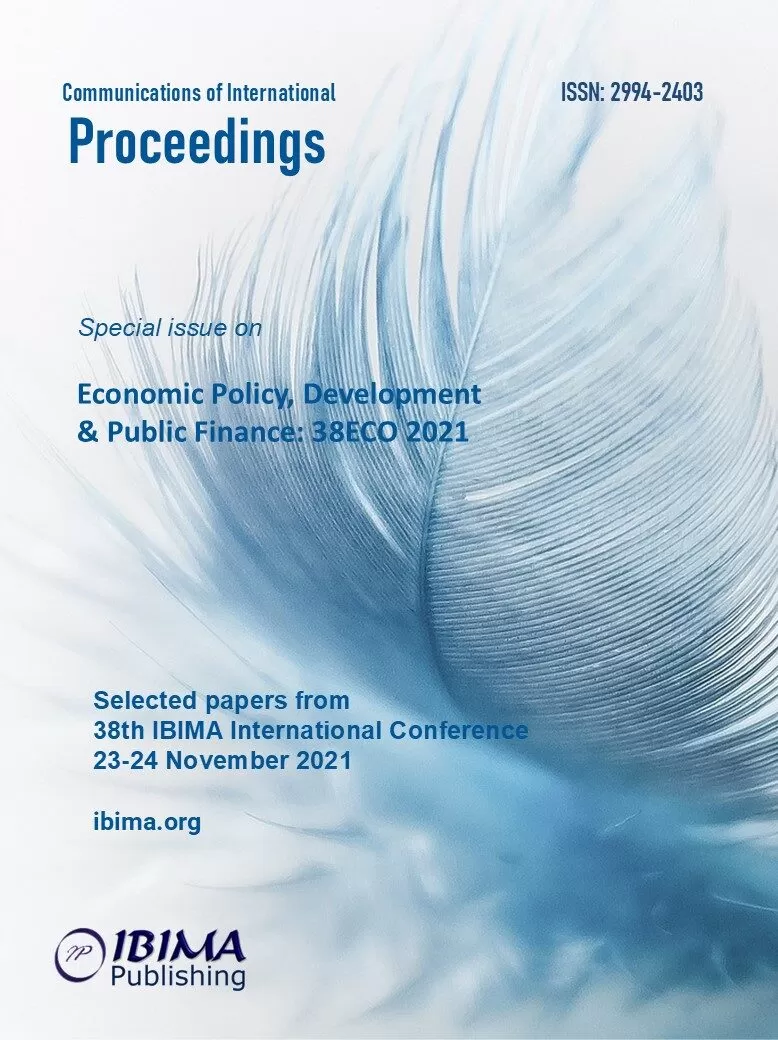
Darie GAVRILUT and Daniel BADULESCU
Department of Economic and Business and Doctoral School of Economics, Faculty of Economic Sciences, University of Oradea, Oradea, Romania

The roles of the regional context and innovation systems have been rapidly adopted both in economic theory and in pragmatic political and economic decisions in recent decades. Based on the extensive research that converges on the fact that poor regions tend to trail behind, the European Union’s regional policies support the allocation of substantial public resources aimed at mitigating patterns of “regional divergence”. However, it is obvious that all these policies and decisions must be based on a careful knowledge of regional development frameworks and on the careful analysis of reliable sets of indicators. In Romania during 2019, the number of individuals involved in research activities per population has been four times lower than the EU average. Furthermore, research and innovation activities have reached a level of almost 3% economic growth. Even so, Romania has only managed to allot 0.25% from the Gross Domestic Product (GDP) toward RDI (research, development, and innovation) activities and only 3 % (instead of the 6% European average) for education. What can be taken from these two important figures is that from a policy perspective, these two key sectors are not suitably funded and organized. As such, a lack of proper funding of research sectors brings forth major drawbacks as regards the innovation output of cities, regions, and countries. Scoring low on many indicators, the year-to-year regional evolution of innovation signals showcases the differences that exist both within regions from the same country, but also between Romania and various other countries.